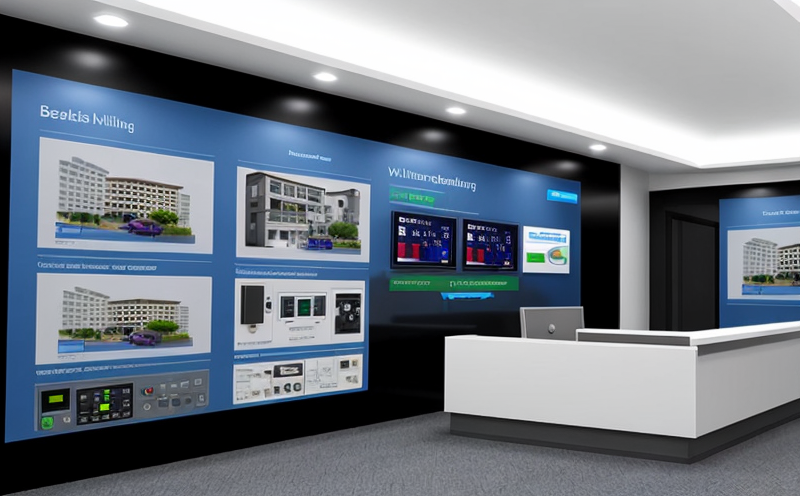IEC 62386-102 Lighting System Performance Verification
The IEC 62386 series of standards is designed to ensure the interoperability and security of building automation systems. Among these, IEC 62386-102 specifically addresses lighting system performance verification. This service ensures that all components within a smart lighting system operate seamlessly together as per predefined criteria.
The testing process involves several stages: initial setup, configuration validation, functional testing under various scenarios, and final certification. The goal is to ensure that the lighting systems meet both technical specifications and user expectations, thereby enhancing overall building efficiency and comfort.
During the initial setup phase, we verify that all components are correctly installed and configured according to manufacturer guidelines. Configuration validation ensures that system parameters such as dimming levels, color temperatures, and scheduling settings comply with pre-defined standards. Functional testing involves simulating real-world conditions to check how each component interacts within the broader context of the building automation network.
Acceptance criteria for IEC 62386-102 compliance include adherence to international standards like ISO/IEC and specific performance metrics set forth by the standard. Compliance with these standards is crucial because it ensures that lighting systems are not only functional but also secure against unauthorized access or tampering.
In summary, IEC 62386-102 provides a robust framework for verifying smart building lighting systems. By ensuring seamless integration and reliable operation across all subsystems, this standard helps maintain optimal energy efficiency while supporting enhanced occupant comfort and safety.
| Industry | Application |
|---|---|
| Commercial Real Estate | Verification of energy-efficient lighting solutions in office spaces. |
| Hospitality | Evaluation of smart lighting systems for hotel rooms and public areas. |
| Residential Construction | Assessment of home automation platforms including lighting controls. |
| Industry | Application |
|---|---|
| Education | Testing smart lighting systems in classrooms and libraries. |
| Healthcare | Ensuring that hospital lighting systems meet patient comfort requirements. |
Why It Matters
IEC 62386-102 is essential for several reasons. Firstly, it promotes interoperability among different components within a smart lighting system, ensuring that they work together efficiently without conflicts. Secondly, by adhering to this standard, organizations can enhance their reputation as leaders in sustainable practices and innovation. Thirdly, compliance helps avoid potential legal issues related to non-compliance with international regulations.
Moreover, IEC 62386-102 supports continuous improvement of smart lighting systems by providing a benchmark against which performance can be measured. This allows manufacturers and installers to identify areas for optimization and innovation continuously. Lastly, it fosters trust between stakeholders involved in the design, implementation, and maintenance phases of building automation projects.
Industry Applications
- Commercial Real Estate: Verification of energy-efficient lighting solutions in office spaces.
- Hospitality: Evaluation of smart lighting systems for hotel rooms and public areas.
- Residential Construction: Assessment of home automation platforms including lighting controls.
- Educational Institutions: Testing smart lighting systems in classrooms and libraries.
- Healthcare Facilities: Ensuring that hospital lighting systems meet patient comfort requirements.
- Government Buildings: Compliance checks for public sector facilities to ensure energy efficiency standards are met.
- Data Centers: Validation of environmental controls including lighting management systems.
Why Choose This Test
- Promotes interoperability among different components within a smart lighting system.
- Elevates an organization's reputation as a leader in sustainable practices and innovation.
- Avoids potential legal issues related to non-compliance with international regulations.
- Supports continuous improvement of smart lighting systems by providing a benchmark against which performance can be measured.
- Fosters trust between stakeholders involved in the design, implementation, and maintenance phases of building automation projects.





